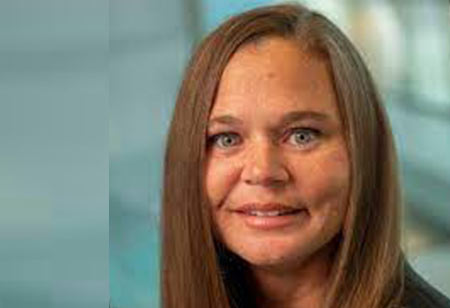Thank you for Subscribing to Healthcare Business Review Weekly Brief

Connecting the STEAM pipeline to health care
Healthcare Business Review
The labor shortage of clinical and non-clinical workers is among the biggest challenges in our turbulent healthcare environment today. The shift to a digitally-enabled, technology-dependent industry also calls for new types of careers and training. Creating new innovative ways to create a pipeline for these careers is critical to caring for our aging population.
In my experience, if you talk to the average child or teen and ask them to name a career in health care, the overwhelming majority will name a nurse or doctor. Many have never even considered the hundreds of other possibilities available such as technicians, pharmacists, billing/coders, or paramedics, nor are they aware of the scope of education required for these different careers. If a teen doesn’t want to go to college, there are opportunities available for high school graduates with on-the-job training. Then there are also highly specialized positions, such as radiologists, that require years of advanced education.
In the early 21st century, nationwide awareness of STEAM curriculum (Science, Technology, Engineering, Art, and Math) and the importance of fostering these skills in children to fill labor gaps became a focus, and it worked! The United States had great strides with this programming and filling the resource gaps.
Unfortunately, theSTEAM curriculum focused on traditional computer science, engineering, physics, and other subjects that didn’t really provide visibility into how they connect with health care. Realistically, there are relatively few careers in health care that do not require STEAM skills. What impact could it have if we included and promoted health care careers in the STEAM learning?
As we look at creating new pipelines to healthcare careers, STEAM education with a curriculum tailored to promote healthcare careers can be leveraged to start inspiring kids to these much-needed fields. With today’s tools, learning can be highly scalable, flexible, longitudinal, and at a relatively low cost. Health care systems have a real opportunity to start a revolution and solve their own problem!
Imagine as a child learns about calculations; they also learn about how doctors and pharmacists use calculations in their everyday work. As they learn about what x-rays are, they can learn the science behind how it works and what a radiologist and a radiology technician do. They are educated about how programming and data are leveraged in health care as they learn to program. The key is a hands-on, engaging curriculum that educates, inspires, and follows kids from grade school through high school to keep them interested.
Health care STEAM programming can be as robust and diverse as the number of careers health care systems provide. Imagine in-seat programming that brings kids into the healthcare setting, allowing them to engage with healthcare workers in their real environments and learn through hands-on, engaging activities. This can be done relatively easily through conference rooms, training spaces, or unoccupied clinical spaces. It can also be charged at cost to make the engagement sustainable, or it can be an additional marketing mechanism to engage the community at no cost.
Not logistically feasible on-site? Online learning or apps can be created and promoted through local schools and organizations, such as an engaging application that teaches about anatomy but also promotes all the different healthcare careers that leverage that knowledge.
Even more engaging remote learning can be available too. All kinds of general STEAM kits are shipped out across the nation today. What if we started promoting health care-focused in-home STEAM kits? Imagine a shark dissection kit with an on-demand video that’s safe for home and provides the hands-on learning kids seek.
Furthermore, books can be leveraged, such as color activity books describing careers and skills with interactive activities to engage kids or interactive books leveraging QR codes or AR technology to promote awareness and engagement. The opportunities are endless!
Sound impossible? On a small scale, it is being done – at OSF HealthCare, we are offering this type of STEAM programming and inspiring kids with success!









